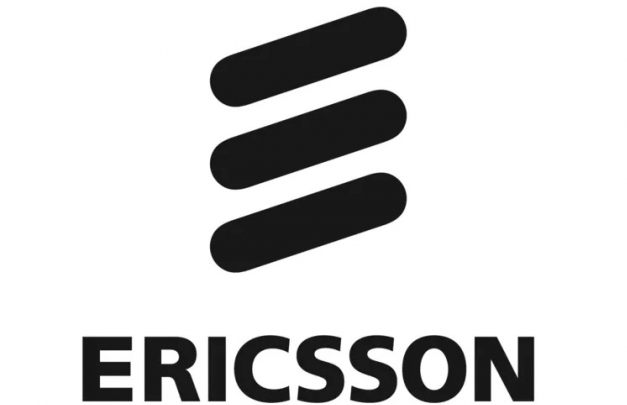
New Ericsson software makes the shift to Standalone 5G easier
Communications service providers can now tap the full potential of 5G New Radio (NR) technology with the commercial availability of the Ericsson (NASDAQ: ERIC) Standalone 5G NR software for 5G mid- and low bands. The software became globally available to all customers in June.
With this software, communications service providers can now operate 5G NR without the need for signaling support from an underlying LTE network. This will allow service providers to add 5G NR to existing 4G sites with a simpler architecture or deploy 5G independently in new areas such as factories, to support enterprise applications and services. All Ericsson Radio System equipment deployed since 2015 can support Standalone 5G NR capabilities with a software installation.
To date, 5G networks have been deployed in Non-Standalone (NSA) mode where the underlying 4G network layer supported the necessary signaling. Standalone 5G NR removes this 4G dependency. With Standalone 5G NR, faster network connection times, simpler mobility management and immediate access to wide 5G bands provide an even better user experience.
Per Narvinger, Head of Product Area Networks, Ericsson, says: “Over the past year, we have worked closely with many customers to successfully deploy Non-Standalone 5G. These 5G networks have enabled higher data speeds and new use cases. Now we are taking the next step in the evolution of 5G by making generally available the software to support Standalone 5G NR networks. These standalone capabilities will enable even more use cases and applications.”
Standalone 5G NR will enable applications that require low latency such as augmented and virtual reality (AR/VR), smart factories and connected vehicles. With a super-fast response time, a Standalone 5G NR device can connect six-times faster to a Standalone 5G network than a device operating in NSA mode. This will give the user a better experience.
T-Mobile and Telstra are long-standing Ericsson partners who have trialed the Ericsson Standalone 5G NR software on their commercial networks.
Abdul Saad, Chief Technology Officer, T-Mobile, says: “Standalone 5G is the next important step for wireless connectivity, with the potential to unleash a whole new range of future transformative applications. We’re proud to be leading the charge alongside Ericsson and other technology innovators and look forward to bringing standalone 5G to our customers later this year.”
Channa Seneviratne, Network & Infrastructure Engineering Executive, Telstra, says: “Standalone 5G is an important milestone in the evolution of 5G and Telstra is pleased to work with Ericsson in the development of new Standalone 5G capabilities. As the first in Australia to enable Standalone 5G, we appreciate the significance of this milestone and how 5G will be a key enabler to create new opportunities for an even better user experience and new business models.”
- Ericsson has completed Standalone 5G interoperability with key ecosystem partners. Standalone 5G devices are expected to become available later in 2020.
Durga Malladi, Senior Vice President and General Manager, 4G/5G, Qualcomm Technologies, Inc., says: “Qualcomm Technologies and Ericsson have been at the forefront of a number of 5G milestones to help prepare for the next phase of 5G commercialization with 5G standalone. The roll-out of 5G continues globally and we are excited to work with Ericsson in enabling global OEMs and operators to quickly roll out commercial 5G this year using 5G standalone.”
JS Pan, General Manager, Wireless Communication System and Partnership, MediaTek, says: “We’re committed to making ultra-fast 5G speeds accessible to everyone. Ericsson’s new software will help accelerate the roll-out of Standalone 5G NR, which promises to significantly boost overall 5G network performance, furthering our efforts to bring consumers a superior mobile experience.”
With the general availability of Standalone 5G NR software on low and mid bands, Ericsson now offers an end-to-end Standalone 5G solution. This is supported by the Ericsson 5G Core (5GC) and the company’s diverse 5G radio portfolio.

























